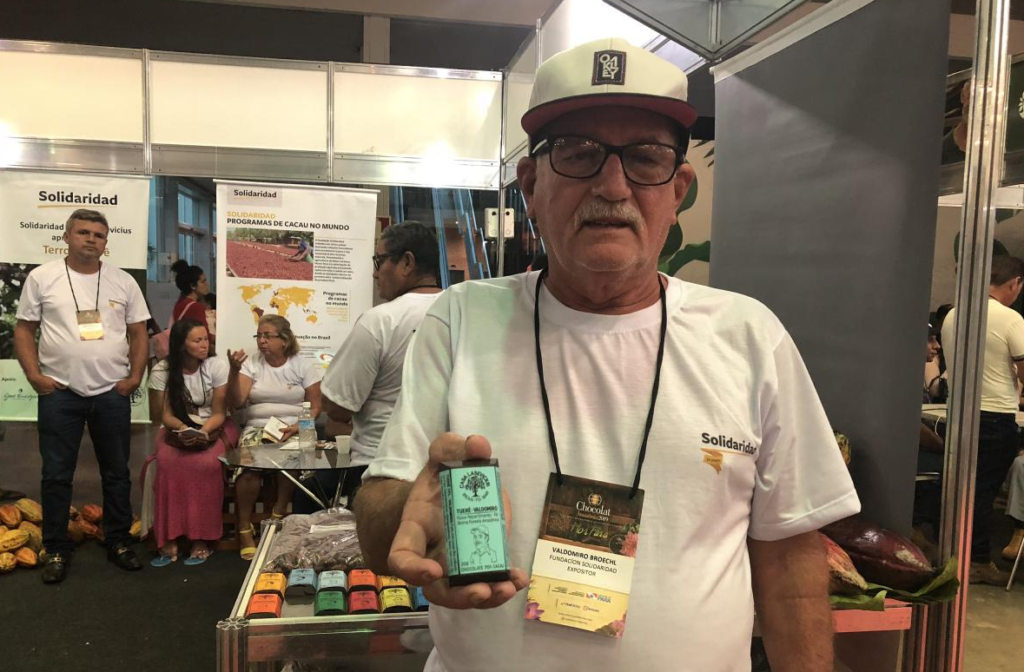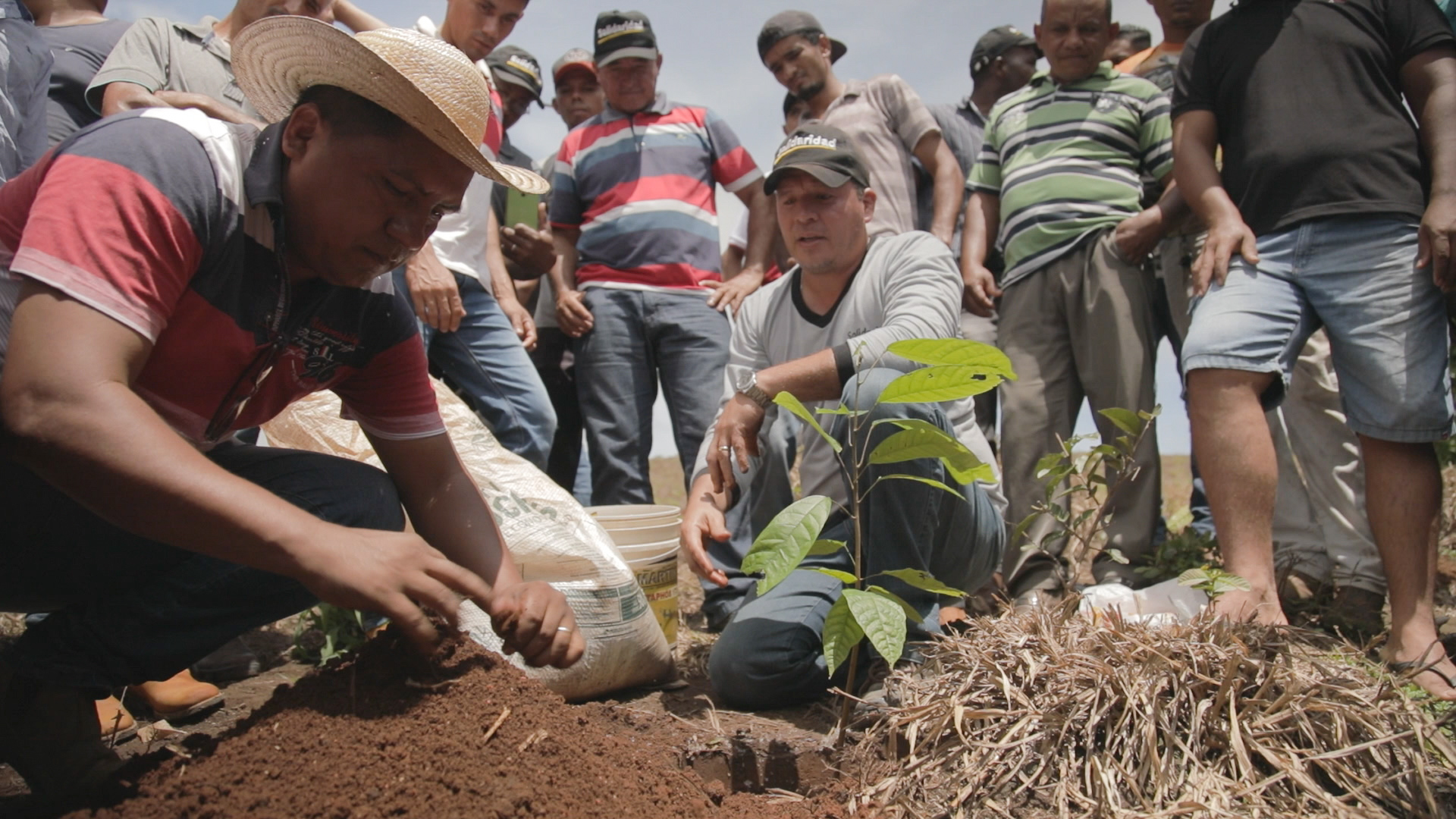Solidaridad has proven the economic feasibility of transitioning into low-carbon production in the Brazilian Amazon, enabling the transfer of its technical assistance model to a local cooperative that will self-sustain its roll-out.
“Low carbon agriculture in the Amazon: economic viability of GHG emissions scenarios in family agricultural production” is the new study led by Solidaridad. It shows that low carbon agriculture in the Amazon is economically inclusive, providing data on the actual increase in income among small-holder families in Novo Repartimento, Pará.
The study completes a research, performed in 2018 and relaunched in 2020, on the carbon balance linked to different family agriculture scenarios, which highlighted the role small farmers could play in climate change mitigation strategies within the Amazon.
According to the current evaluation, producers who adopted low carbon practices show the highest profitability expectation against three different scenarios of business as usual (BAU). In addition to the raise in income, the improved model presents the best carbon balance.
| Scenario | Expected Gross Profit (R$) | Carbon Balance (tCO2 e/year) |
| Baseline | -12,852 | 1.76 |
| BAU1 | 57,718 | 438.7 |
| BAU2 | 32,927 | -27.9 |
| BAU3 | 25,394 | 414.3 |
| Project | 73,669 | -94.7 |
What makes the difference between these scenarios are the changes in land use, management practices with an impact on productivity, and pastures’ soil condition. The project’s scenario relied on Solidaridad’s technical assistance, which improved the management practices for livestock and cocoa production, increased its diversification by implementing agroforestry systems, and kept production free of deforestation.
As an exit strategy, Solidaridad is leaving a technical assistance “package” that can be adopted by local cooperatives and municipalities for its dissemination, and paid by small-holders. Local Cooperative Coopercau is currently going through its incubation process.
“Family farming is an important part of climate change mitigation. These results contribute to the dissemination of a new perspective, which seeks to position producer families as part of the solution, and offers them a viable opportunity to transition to low-carbon agriculture and efficient land use in the Amazon,” says Paulo Lima, Livestock and Cocoa Programme Manager in Brazil.
STUDY REPERCUSSIONS IN BRAZIL
The study had a release event in Brazil. This triggered a debate among representatives from the Agricultural and Environmental Economy Research Group from Campinas University, the Arapyaú Institute and the Mato Grosso programme “Produce, Conserve, Include.”
Carolina Bueno, from Campinas University, stressed there are very few studies that delve on the economic viability of agroforestry systems, or that combine economic viability with emissions’ scenarios. Also, Fernando Sampaio, from the Mato Grosso government, remarked that the publication contributes to demystifying the idea that a low carbon economy cannot increase the productivity of rural producers.
“When we talk about a low carbon economy, there are a lot of people who regard it as a ‘condemnation to poverty.’ However, you can have an increase in income through a low carbon economy. This is extremely relevant to the context of the Amazon,” he pointed out.
According to Grazielle Cardoso, from the Arapyaú Institute, the approach to low carbon agriculture from the perspective of family farming is unprecedented. “We have already discussed a lot in relation to traditional agriculture, agribusiness, but for family farming it is an innovation,” she said.
MAKING STRIDES
The aim of the study is to provide family farmers with positive economic results in order to stimulate the adoption of this model. Peer to peer dissemination starts by having others see how the producers who adopted low carbon practices improved their productivity and income. Also by showing that these producers are accessing differentiated markets that pay more, often for having adopted these practices.

Recognition for cocoa farmers
For the third consecutive year, fine chocolates made with premium cocoa from producers in the Brazilian Amazon were recognized in national and international competitions.
The low carbon model that Solidaridad developed since 2016 integrates productive management, financial management, business development, and environmental governance for small-holder producers who combine cocoa and sustainable intensification in livestock ranching. In its more than five years of activity, it has provided technical assistance to 230 families, achieving an increase of 56 percent in their average gross income and almost 12 thousand hectares managed under good production practices with low carbon emissions.

